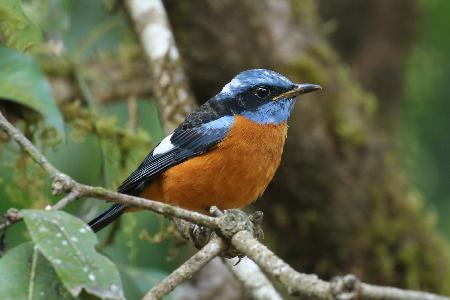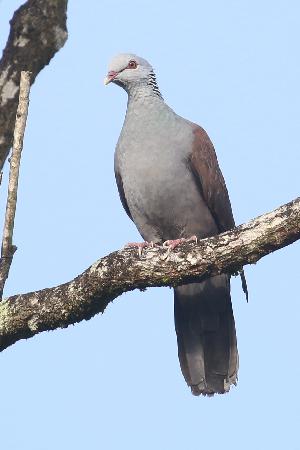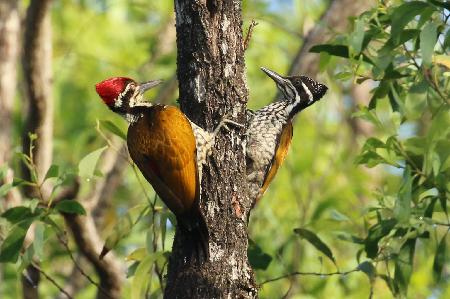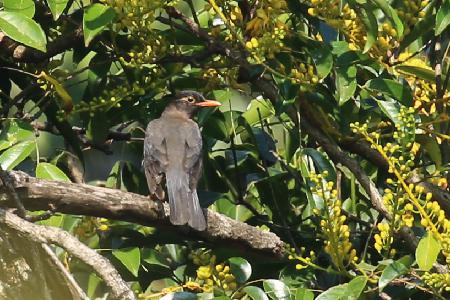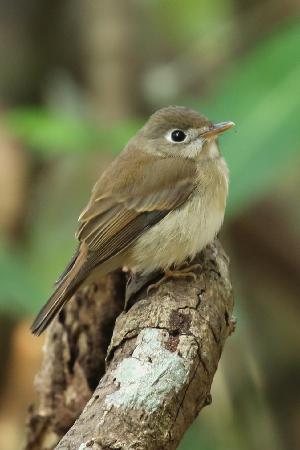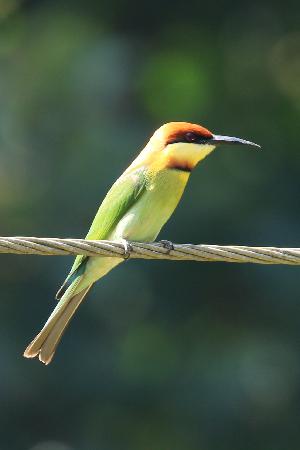There was a story in our high school textbook about the time when Sir M. Visvesvaraya visited Jog falls and, while everyone gushed at the sight of the 830 ft falls, he is said to have exclaimed "What a waste of all that energy!". To a certain extent I can understand why he said that because we were a nation trying to liberate a large population from the penury that had resulted from centuries of colonisation. Every ounce of natural resource had to be deployed in the service of that goal, even if it meant ignoring the vast externalities- habitat destruction and species loss for instance- whose costs were hard to quantify and account for in the overall equation. The same spirit must have prevailed when we decided, some time in the 70s, that the iron hidden in the western Ghats were ripe for extraction. The only trouble was that the Ghats also harboured species - plant, insect, amphibian, bird, mammal - that can be found nowhere else in the world, and the intense human activity was threatening their survival.
Thanks to the efforts of some conscientious locals, good sense prevailed and the ore was closed by the mid-aughts. The scars of the exploitation are still visible, but now nature is reclaiming her spaces, as I learned in this trip to Kudremukh National Park that I did recently with my college buddies.
Thursday, 4th February, 2021
Bhagawati Camp, Kudremukh
The Lifers
No trip to the interior Western Ghats is without its share of lifers.
Blue-capped Rock Thrush (Monticola cinclorhyncha)
This brilliantly coloured individual was flitting about near our tent, almost asking to be photographed.
